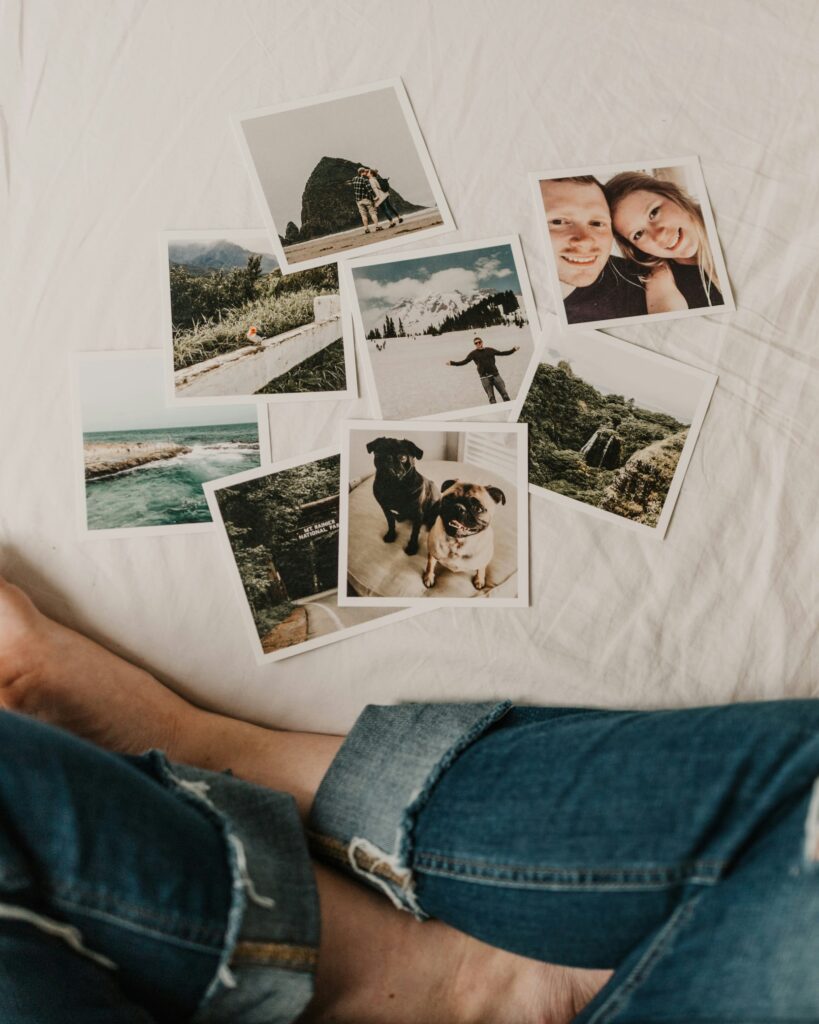Writers talk a lot about words (as we should). But sometimes, before the words, you need vibes.
A mood board isn’t just a Pinterest board full of pretty pictures—it’s a tool to help you feel your story before you write it. It’s a way to step inside the tone, the colours, the textures of the world you’re about to create.
Why bother? Because mood boards aren’t just for artists or designers. They help you make consistent choices in your writing. The way you describe a street, the colour of the light in a scene, the kind of clothes your characters wear—it all flows better when you’ve set the mood for yourself first.
What Goes Into a Mood Board?
- Textures & Materials – Rough stone, slick neon, worn leather. What does your world feel like under your fingertips?
- Light & Colour – Warm, dusty sunsets for a Western. Cold blues, hot pinks and stark shadows for a cyberpunk thriller.
- Character energy – Not portraits (unless that inspires you), but vibes. The way someone sits, the way a coat drapes, a scarred knuckle gripping a coffee cup.
- Landscapes & Architecture – Are the streets tight and grimy? Or wide and washed with sunlight?
- Symbols or recurring motifs – The same bird, flower, or symbol appearing in different forms can spark thematic consistency.
Digital or Physical?
You can do this however suits you:
- Digital: Pinterest, Canva, or just a folder of images. I tend to use an album in Apple Photos.
- Physical: Print images, tear pages out of magazines, and tack them to a corkboard. There’s something tactile and grounding about doing it with your hands, especially if you’re the sort of person with a lot of magazines or photos.

If it’s physical for you, it doesn’t have to be out and on display. Maybe it’s a collection of images you keep in a shoe box, or a desk drawer, that you can spread out or rifle through when you need to find that mood again.
Don’t Let It Eat Your Writing Time
Here’s the trap: building mood boards is fun, and it can be useful.
It’s not writing.
Don’t spend three hours finding the perfect lamp for your protagonist’s living room. This is about giving yourself a compass, not a full map. It doesn’t have to be perfect, it just has to have the right vibe.
A mood board is there to whisper to you when you sit down to write: this is the feel of the world.
Once you have it? Stop fiddling with it.
If you run two screens, put it on your second screen. Word processor on your main screen.
Then write.